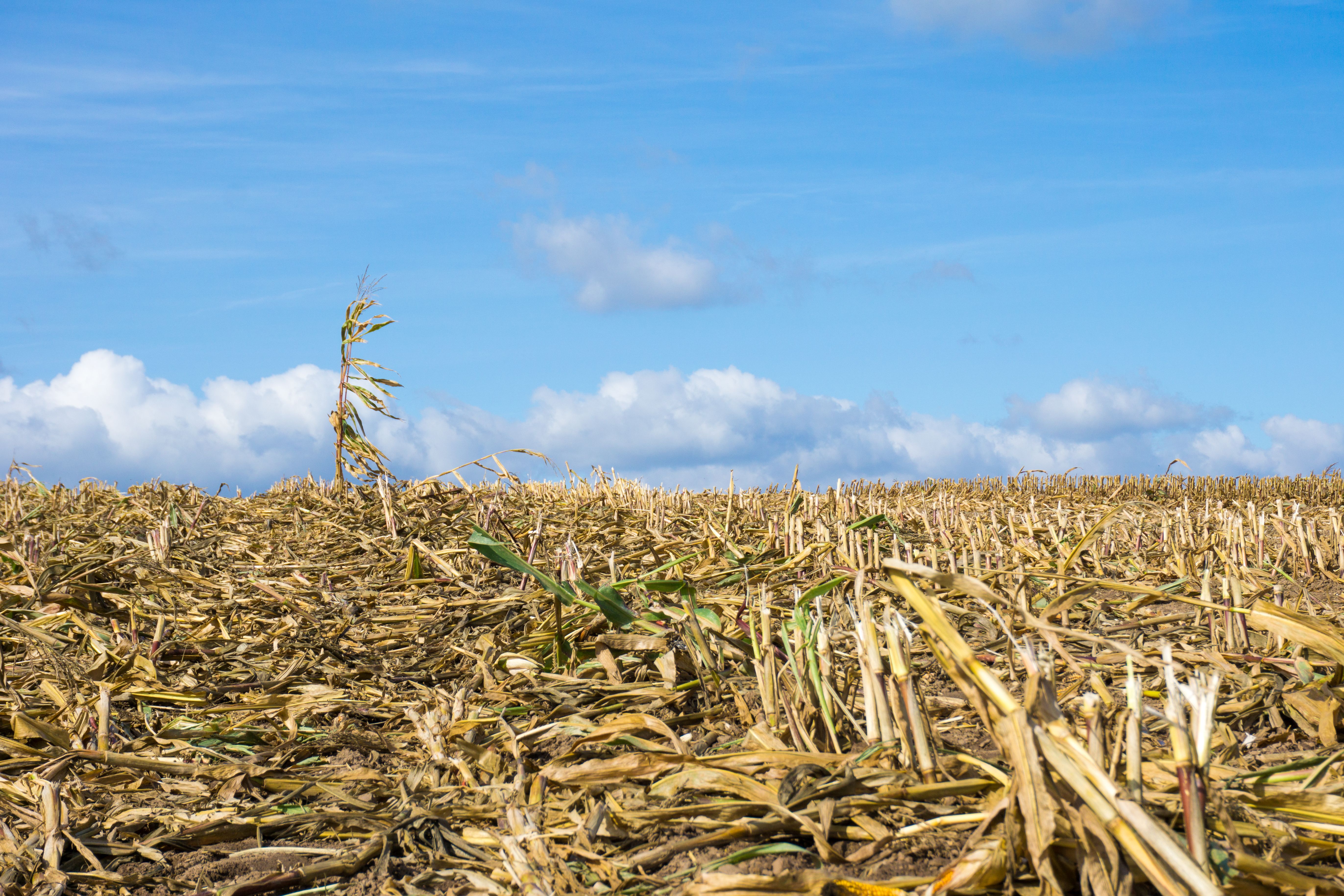Adapting Agriculture: Strategies for Climate Resilience
The Growing Challenge of Climate Change
Climate change is one of the most pressing issues of our time, and its impact on agriculture is both profound and multifaceted. Rising temperatures, changing precipitation patterns, and more frequent extreme weather events are threatening food security worldwide. As the backbone of our food systems, agriculture must adapt to these changes to ensure sustainability and resilience.

Understanding Climate Resilience in Agriculture
Climate resilience refers to the ability of agricultural systems to absorb and recover from climate-induced stresses. This involves not just bouncing back from adverse events but also adapting to changing conditions in a way that minimizes vulnerability. Farmers, researchers, and policymakers are increasingly focusing on strategies that enhance this resilience, ensuring long-term productivity and food security.
Some of the key strategies for building climate resilience include diversifying crops, improving soil health, and implementing water-efficient practices. By adopting these methods, agricultural systems can better withstand the unpredictable effects of climate change.
Diversifying Crops for Better Adaptation
Crop diversification is an effective strategy for enhancing resilience. By growing a variety of crops, farmers can reduce their reliance on a single crop that might be susceptible to climate-related stresses. This practice not only spreads risk but also improves soil health by promoting biodiversity.
Research has shown that diverse cropping systems can lead to increased yields and greater resistance to pests and diseases. Farmers are encouraged to incorporate both traditional and new crop varieties that are better suited to changing climatic conditions.
Enhancing Soil Health
Healthy soil is the foundation of resilient agriculture. Practices such as cover cropping, reduced tillage, and organic amendments can significantly improve soil structure and fertility. These practices help in retaining moisture, reducing erosion, and increasing carbon sequestration, all of which contribute to climate resilience.

Additionally, healthy soils support a diverse ecosystem of organisms that enhance nutrient cycling and plant health. By focusing on soil health, farmers can create a more robust agricultural system capable of withstanding climatic fluctuations.
Water-Efficient Practices
Water management is crucial in adapting agriculture to climate change. With water scarcity becoming an increasing challenge, efficient irrigation systems such as drip or sprinkler irrigation are essential. These systems reduce water waste and ensure that crops receive adequate moisture.
Moreover, rainwater harvesting and the use of drought-resistant crop varieties can help optimize water use. By implementing these practices, farmers can maintain productivity even during periods of low rainfall.

The Role of Technology and Innovation
Technology plays a significant role in building climate resilience in agriculture. Precision farming techniques, data analytics, and remote sensing are being used to monitor environmental conditions and optimize resource use. These innovations allow farmers to make informed decisions that enhance productivity and sustainability.
Furthermore, developing climate-smart agricultural technologies can provide new solutions for coping with climate-related challenges. This includes everything from improved seed varieties to advanced farming equipment designed to reduce emissions.
Collaboration for a Resilient Future
Building climate resilience in agriculture requires collaboration among farmers, researchers, policymakers, and communities. Sharing knowledge and best practices is essential for scaling successful strategies across different regions and contexts.

Policymakers play a crucial role in creating an enabling environment for climate-resilient practices. This includes providing incentives for sustainable farming practices and investing in research and development. By working together, we can adapt agriculture to the realities of climate change and ensure food security for future generations.
